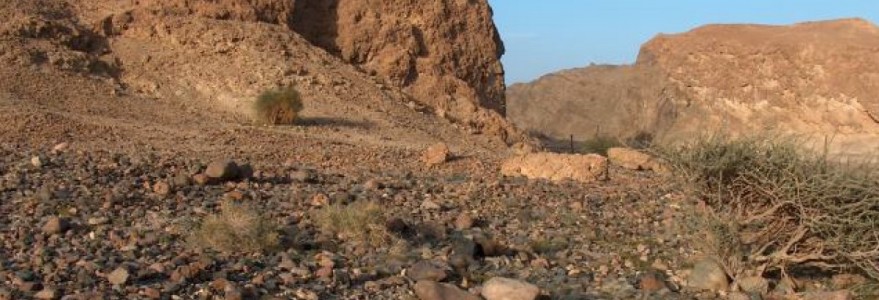The Polish Centre of Mediterranean Archaeology started the mission at the site of Aynuna at the Red Sea coast in Saudi Arabia.
An agreement signed at the end of October in Riyadh launched the first Saudi-Polish archaeological project: excavations at the site of Aynuna at the Red Sea coast of the Tabuk province in Saudi Arabia. The agreement signed between the Saudi Commission for Tourism and Antiquities (SCTA) and the Polish Centre of Mediterranean Archaeology, University of Warsaw.
The field campaign began as soon as the formalities were over. The mission co-directed by Prof. Gawlikowski and Dr. Abdullah al-Zahrani opened the first season of work, aiming at surveying and making a topographic plan of the site.
The site is located on a rocky terrace overlooking the dry bed of Wadi Aynuna approximately 3 km from the present coastline. Remains of at least three square buildings with central courtyards can be seen on the surface. The plan is typical of a khan or caravanserai, encountered on caravan routes of the Near East from Antiquity until quite recently. In the middle, there is a tall building, presumably a tower, apparently at least 5 m high, judging by the stone rubble covering it.
As indicated by surface pottery, the site can be dated to the Nabatean period, that is 1st century BC to 1st mentioned by Strabo by its Greek name, Leuke Kome; it figures also in “Periplus Maris Erythraei”, an anonymous guide written in the 1st century AD for merchants travelling between Roman Egypt and India. Work at the site will continue through the end of November.



